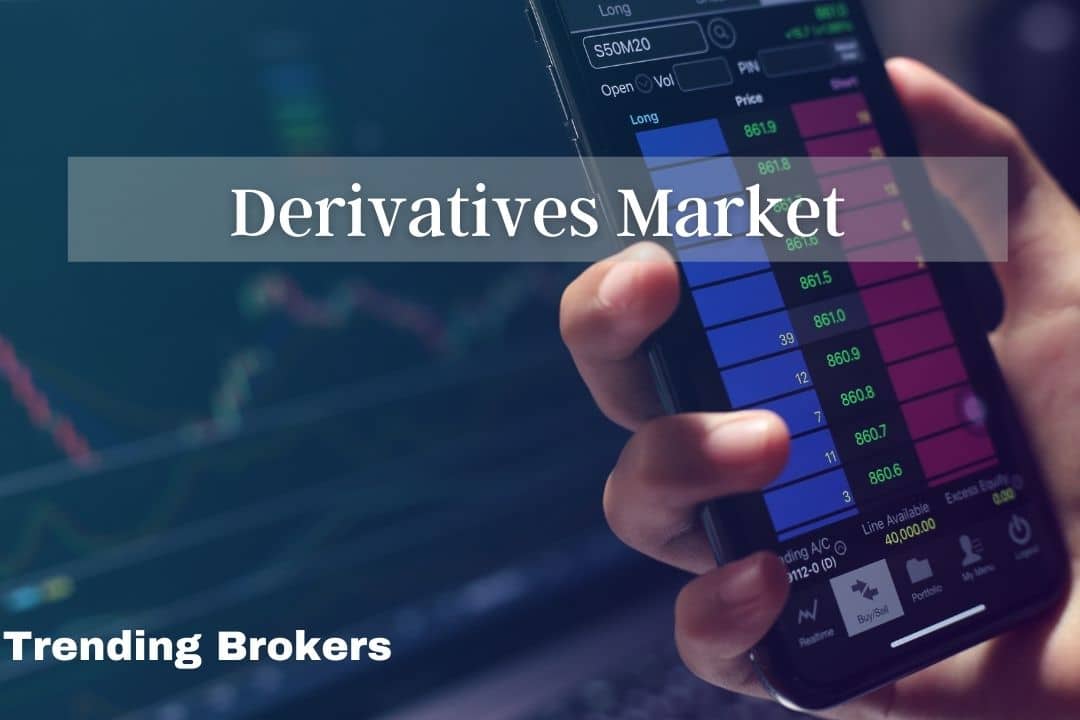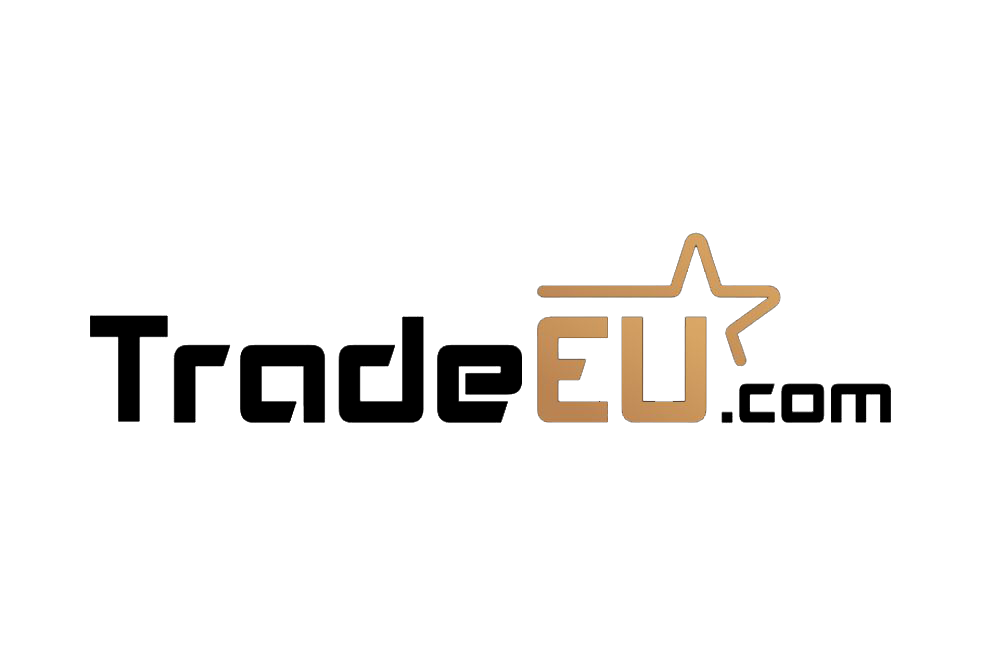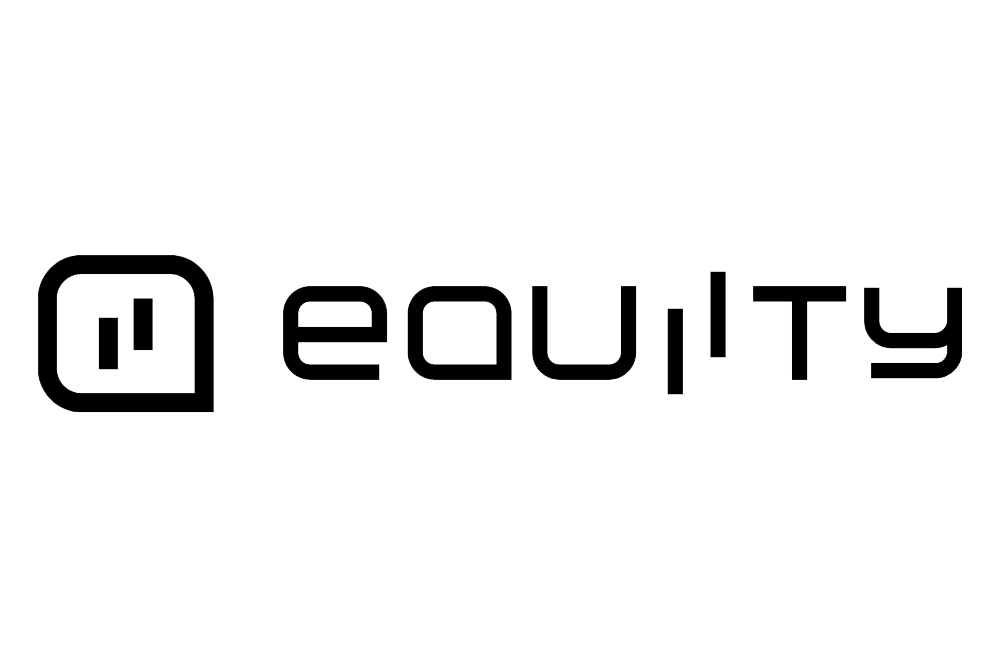The derivatives industry has grown tremendously during the last few decades. A large number of derivative contracts have been launched on exchanges all around the world.
In the derivatives market, there are financial contracts whose value is determined by the underlying assets such as stocks, indexes, commodities, and foreign exchange (Forex). These assets are referred to as derivatives.
So, if you’re new to the trading market and looking to get detailed information about the derivative markets, continue reading this comprehensive guide.
What Is The Derivatives Market?
A derivative market refers to a market where the value of the contract is determined by the underlying asset.
Indices, currencies, exchange rates, commodities, stocks, equity derivatives and interest rates are all examples of derivatives. The buyer and seller of these contracts have diametrically opposed expectations about future trading prices.
To make a profit, both parties wager on the future value of the underlying assets. The procedure of trading derivatives is similar to that of buying and selling stocks.
However, instead of paying the entire amount upfront, a trader just pays a stockbroker an initial margin and are required to pay Variation margin.
However, many investors and traders avoid trading the derivatives market because of its high volatility.
What Are The Types Of Derivatives Market?
Majorly, there are four types of derivatives markets: Forwards, Futures, Options, and Swaps.
Forwards:
Forward contract is a contract between two parties to buy or sell an underlying asset at a specific price (strike price) at a future date that is predetermined on the contract date.
Regardless of the market price of the underlying asset at the time the contract reaches expiration date, both parties are committed and obligated to complete the transaction.
The terms and circumstances of contracts for forwards are personalized because they are negotiated between two parties. These are OTC derivatives market. The OTC market consist investment banks and other highly sophisticated parties, such as hedge funds.
For instance, a company could hedge its currency risk and exchange rate risk by buying currency forward contracts.
Futures:
The future contract is similar to a forward contracts, except that instead of being negotiated directly between two parties, the trade is performed through an organized and controlled exchange.
Options:
Options are totally different from forward and futures contracts. It’s a contract that allows traders the option, but not the obligation to purchase or sell the underlying on or before a certain date and at a predetermined price.
The person who takes a long position, i.e., buys the option, is known as the option holder, whereas the person who takes a short position, i.e., sells the option, is known as the option writer.
The option writer receives the premium with the obligation to sell/buy the underlying asset if the buyer exercises his right. In contrast, the option buyer pays the premium and purchases the right.
Option Contract is divided into two categories:
- Call Options: A call option is a type of option that offers the buyer the right to purchase the underlying asset.
- Put Options: A Put option allows the buyer to sell the underlying asset.
Swaps:
A contract between two parties to exchange future cash flows according to a predetermined formula. A credit default swap enable market players to manage the risk of interest rate and currency exchange rate volatility.
Swaps are divided into two different types:
Interest rate swap: These refers to swapping only interest payments associated cash flows in the same currency, between two parties.
Currency swap: In this type of Swaps, the cash flow between the two parties includes both principal payments and interest.
Who Are The Participants In The Derivative Markets?
Hedgers, traders, and arbitrageurs are the three main types of market players in the derivatives market. In different market situations, an individual may play a variety of roles.
Hedgers:
Someone who uses derivatives to mitigate market risk as it can help them offset risks with their respective underlying assets.
Traders:
Those who trade in the market to take positions in desired contracts based on their view are called traders.
Derivatives are preferred over the assets for trading purposes. As a result, they offer more leverage, more liquidity, and fewer expenses as transaction cost is generally lower than the spot market.
Arbitrageurs:
Traders buy an asset at a low price on one exchange and sell it at a higher one on another throughout this procedure.
Arbitrageurs would rush into these trades, closing the price disparity at various places. Thus such opportunities are unlikely to last long.
How to Trade in the Derivatives Market?
Here’s a step-by-step process to start trading the derivatives market:
Do Your Research:
the first and the foremost step is to do your own research in the derivatives market. But, remember that the strategies need to be differentiated from the spot market. Derivatives trading can only be done in available derivatives contracts.
Arrange the Required Margin Amount:
Anyone can trade the derivatives market by paying a small margin and require additional margin in the hands of traders as stocks fluctuate. Remember, the margin amount changes with when the price of the underlying stock fluctuates.
Open A Trading Account:
You can make transactions using an online trading account. In the capital markets, your account number serves as your identification.
This trades the deal one-of-a-kind for you, and you should open it with a reputable and well-known broker like ABinvesting, who can offer you research assistance as well as superior and more personalised services.
Margin Maintenance:
This requirement is specific to derivatives trading; regardless of whether you buy or sell futures contract, you are only obliged to deposit a percentage of the value of your existing position when purchasing futures contracts.
An initial margin is a name given to this required deposit. The first margin is anticipated to be paid in advance. The exposure margin is used to reduce volatility and aggressive speculation in the derivatives market.
This margin is set by the exchange and is based on the value of the contract you buy or sell. Mark-to-Market (MTM) margins must be maintained in addition to the original and exposure margins.
How Traders Use Derivative Market to Hedge Risk?
Investors commonly use derivatives for three reasons: to hedge a position, take advantage of high leverage, or speculate on an asset’s movement.
Hedging a position is often done to protect or insure an asset’s risk. For example, you could buy a put option if you own shares of a stock and want to hedge against the possibility that the stock’s price will decline.
Traders can utilize naked options contracts or other strategies depending on their market outlook, such as bullish, bearish, volatile, or range-bound.
Bull Call Spread, Bear Put Spread, Call Hedge, Put Hedge, Covered Call, Covered Put, Butterfly, Strip, Strap, Iron Condor, and others are common option strategies.
If the stock price rises, you profit since you own the shares, and if the stock price falls, your risk is restricted because your Put option will compensate you for any stock losses.
To comprehend market activity, participants utilize several derivatives indicators such as Call Put Ratio, Cost of carrying, Open Interest, Volatility, and so on.
Advantages of Derivatives Market:
Low Transaction Costs:
Because contracts are risk management instruments, they help to reduce market transaction costs.
As a result, compared to other fixed income securities such as debentures and shares, transaction cost in the derivative market is cheaper.
Risk Management:
Derivative contract is used in risk management since their value is directly proportional to the underlying asset’s price.
As a result, derivatives are utilised to mitigate the risks associated with fluctuating underlying asset prices. For instance, a trader purchases a derivative contract whose value swings in the opposite direction of the price of the asset he owns.
As a result, he’ll be able to offset losses in the underlying asset with earnings from the derivatives.
Market Efficiency:
Arbitrage is a crucial part of derivative trade since it ensures that the market must be balanced and that the prices of the assets are right.
Determination of asset price:
The price of an underlying asset is frequently determined through derivatives contracts. Similarly, the risk may be transferred – Derivatives allow investors, corporations, and other parties to shift risk to others.
Disadvantages of Derivatives Market:
It’s critical to understand the downsides of the derivative market after learning what it is.
High Risk:
Derivations contracts are extremely unpredictable because of the fast change in the value of an beginning asset like stocks. thus, the dealers run the peril of losing a lot of plutocrat.
Counterparty Risk:
Derivative trades, specifically as futures contract, are organised and regulated on exchanges like the NYSE and Nasdaq.
Still, similar contracts like untoward derivations aren’t formalised contracts. As a result, there’s always the possibility of a counterparty dereliction.
Speculative in Nature:
Derivative contracts are frequently used as speculative financial instrument. However, speculative investments sometimes result in significant losses because of the considerable risk involved and the unpredictability of their value changes.
Bottom Line:
Understanding derivative market necessitates in-depth product knowledge as well as a high level of skill. Therefore, all investors should perform extensive research on this process and devise effective techniques for minimising losses and maximising returns.
You can trade in derivative market with a highly regulated broker like ABinvesting and achieve your financial goal using the world-class trading environment offered by the brokerage firm. However, the complex webs of derivative contracts can lead to systematic risks.
FAQs:
What Is The Derivative Market Example?
The most common examples of derivatives markets include Index futures, currencies, exchange rates, commodity derivatives, stocks, energy derivatives, interest rates and other derivatives products.
Are Stocks Derivatives?
A stock option is a type of derivative instrument as its value is “derived” from that of the underlying stock. In fact, derivative has no intrinsic value.
Is An ETF A Derivative?
No, Exchange-Traded-Funds (ETFs) are not a derivative asset. In fact, exchange traded derivatives are a derivative product.
What Are The Main Uses of the Derivatives Market?
Investors often use the derivative market to hedge a position, increase leverage, or speculate on an asset’s movement while also mitigating financial crisis.
Who Regulates Derivatives Market?
The financial derivatives market in the US is regulated by top financial regulators such as the Securities and Exchange Commission (SEC) and the Commodity Futures Trading Commission (CFTC).
Which Is The Largest Derivatives Exchange?
The Chicago Mercantile Exchange is one of the world’s largest derivatives exchanges.


